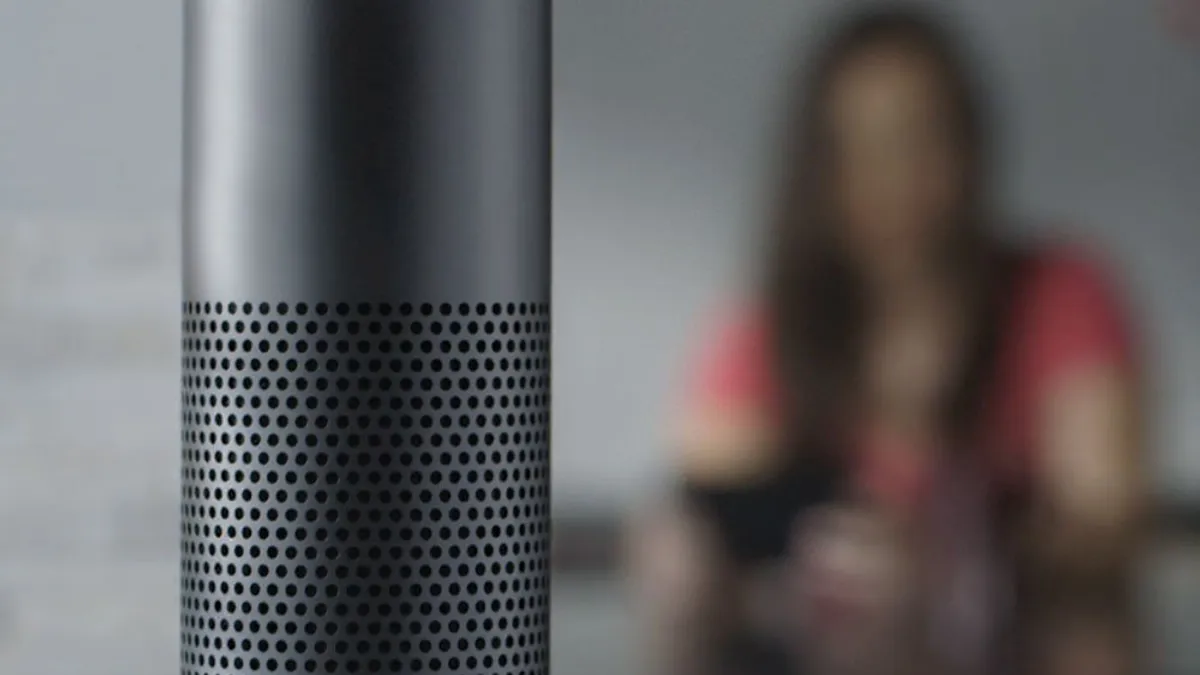Dive Brief:
-
Nearly 25% of U.S. homes contained a smart speaker device at the end of the second quarter of 2018. Among those households, about four in 10 were home to two such devices, according to a Nielsen Research MediaTech Trender survey.
-
Forty-five percent of smart speaker owners plan to buy more devices, and 62% of those surveyed said they began using a smart speaker at home within the previous six months.
-
Smart speakers are also being synchronized with other devices in the home. Thirty-two percent of smart speaker owners have the devices synced with their smartphones, and 23% connect the devices to their TVs.
Dive Insight:
This year began with widely-held expectations that the smart speaker market could take off on the strength of increasing competition with Google Home, Apple’s HomePod and the Samsung Galaxy Home. There is currently discrepancies between reports on the size of the market. A recent Adobe Analytics report, for example, estimated that as many as 32% of U.S. consumers own a smart speaker.
The 24% ownership figure from Nielsen’s survey results was only slightly higher than in the first quarter this year, when it stood at 22%. However, there is reason to believe that the holiday season could provide a bigger boost to this market. Adobe’s report suggested ownership could surge to 48% after the holidays.
Amazon’s recent announcement of several new and upgraded Alexa devices, some of which may be available this holiday season, could drive new buyers into the market. Despite piling up early market share, Amazon is continuing efforts to cultivate more Alexa skills. The latest example of those efforts was a round of investments in three voice startups, announced last week by the company’s Alexa Fund.
The Nielsen report suggests the greatest opportunity for smart speaker brands still lies ahead. While a large number of respondents said they had synchronized their smart speakers with their mobile smartphones and TVs, far fewer said they had connected those devices to lights (17%), thermostats (17%) and security systems (12%) – all items that are considered important aspects of the smart home.













